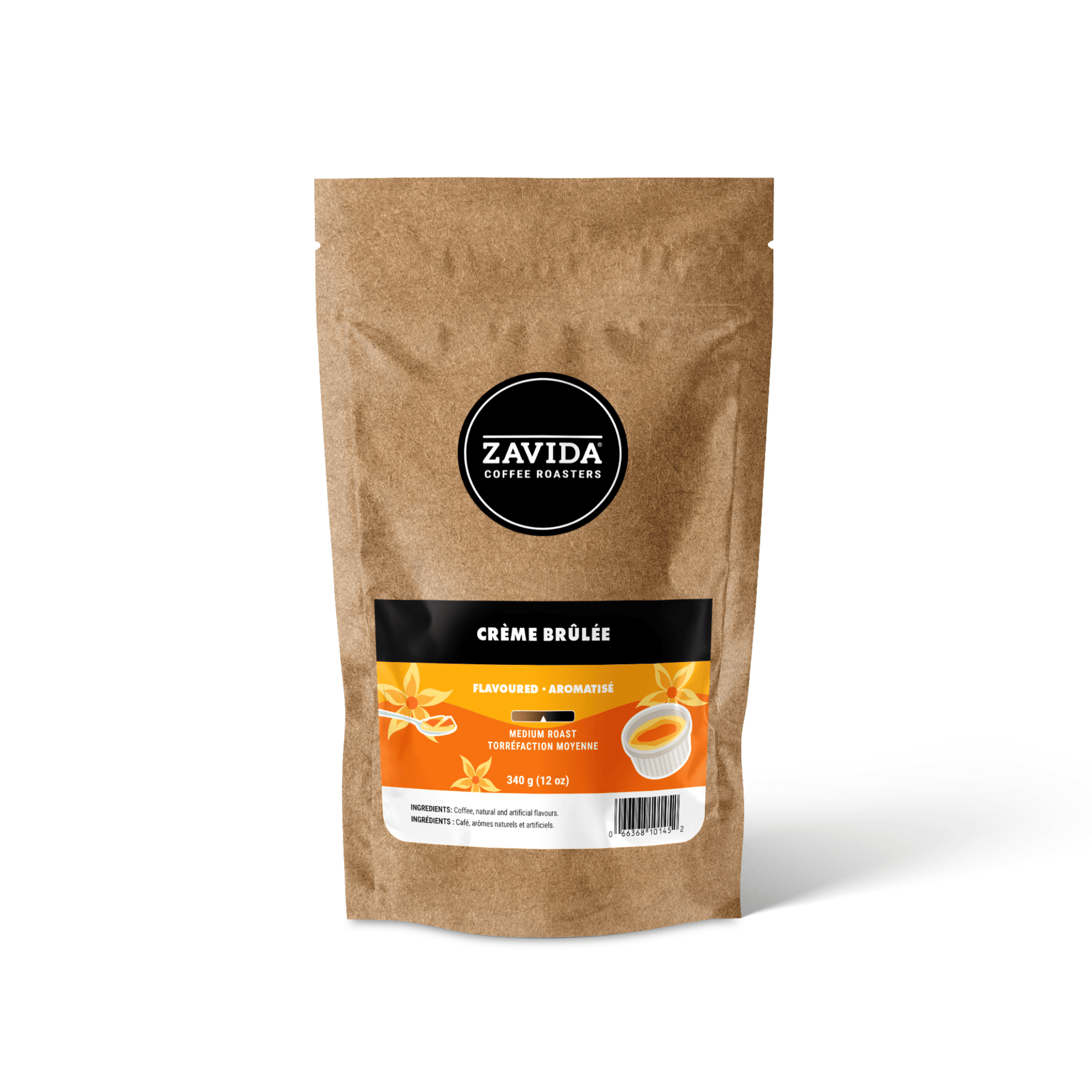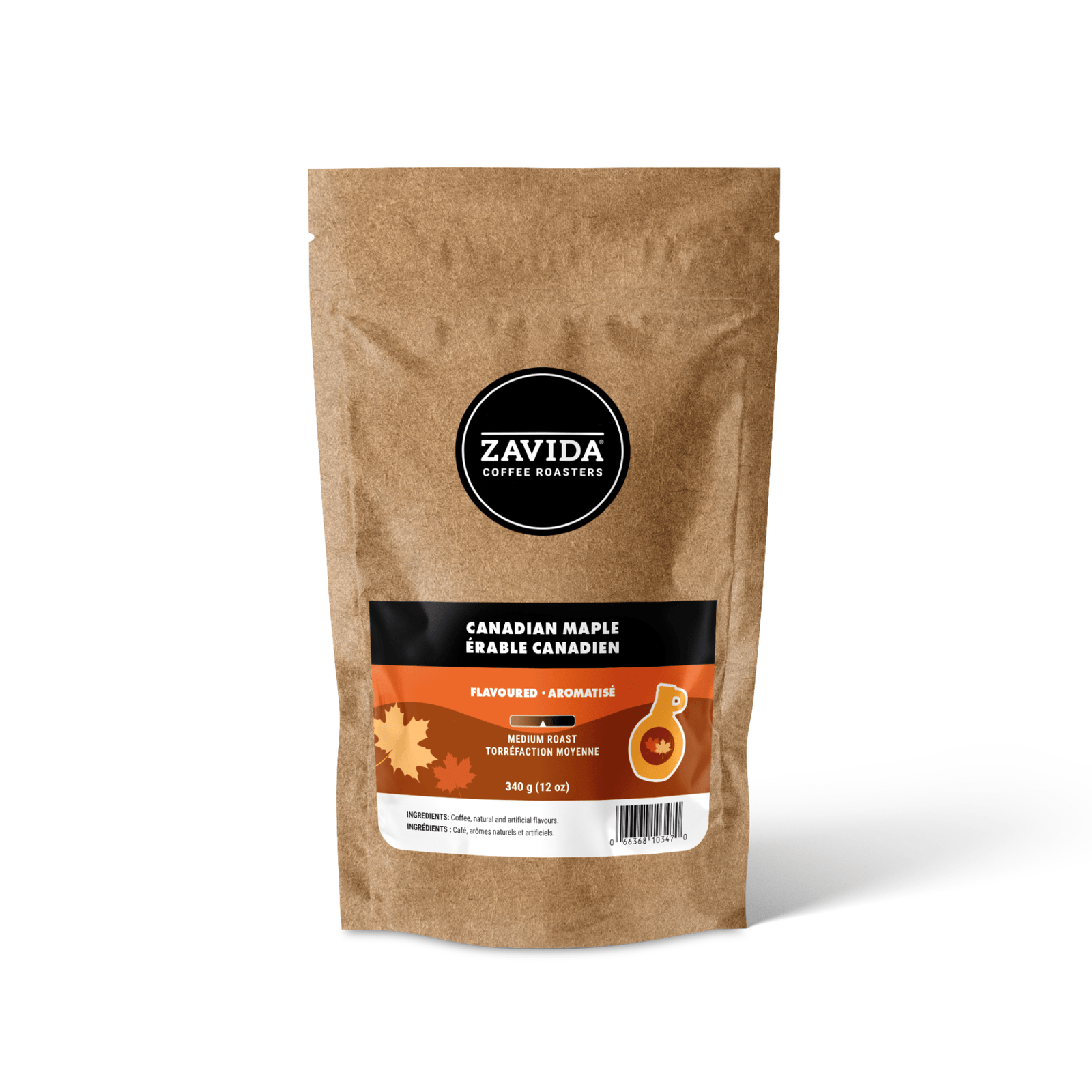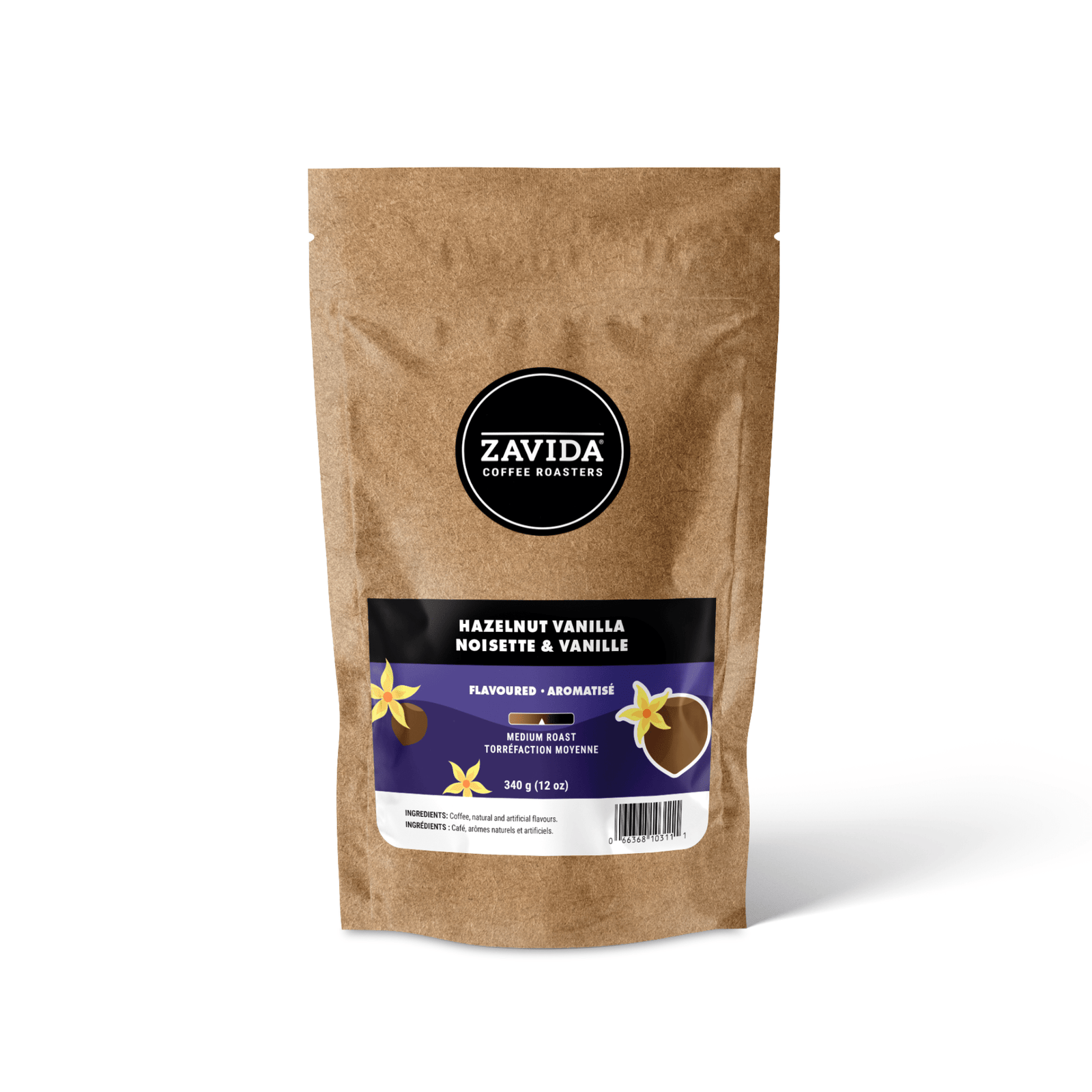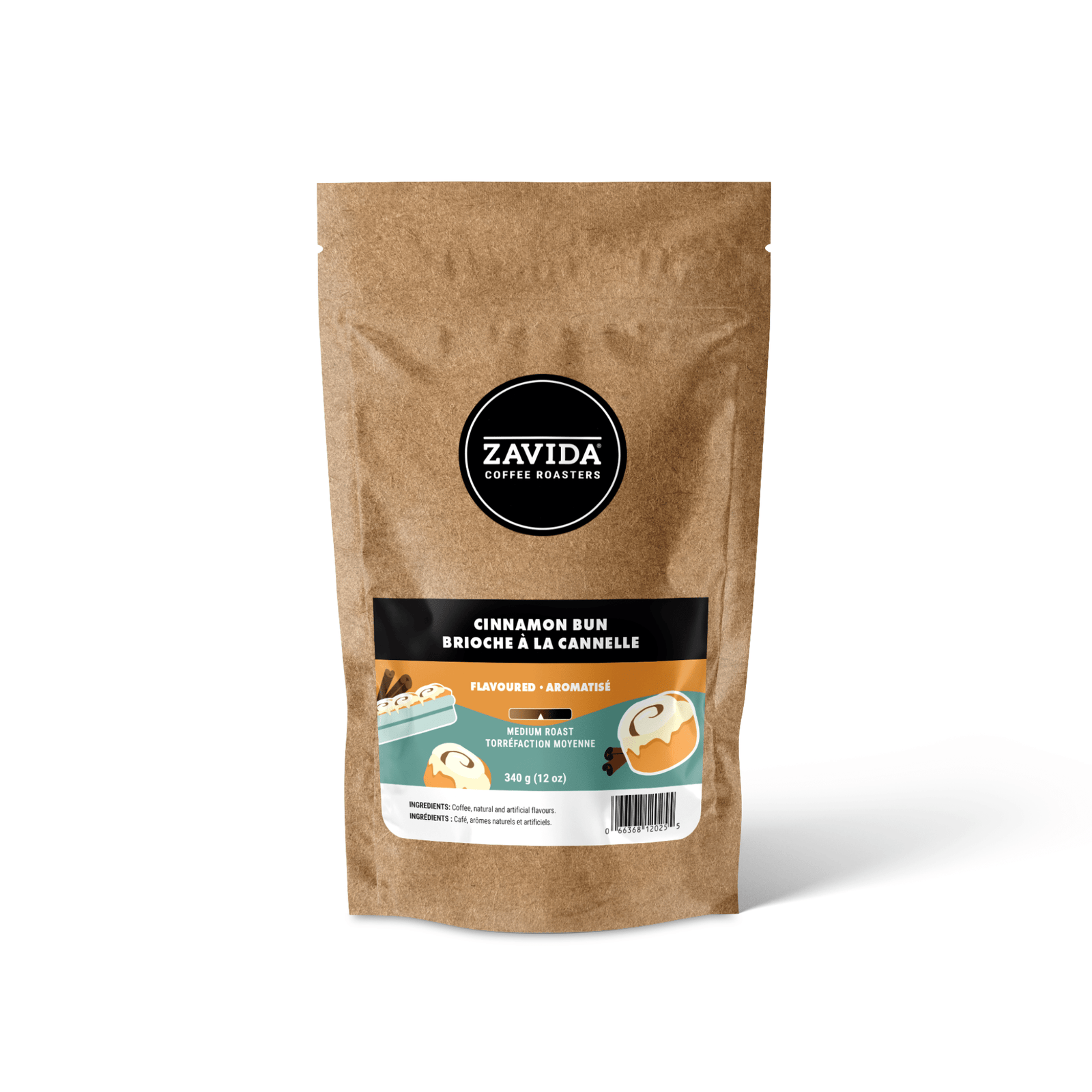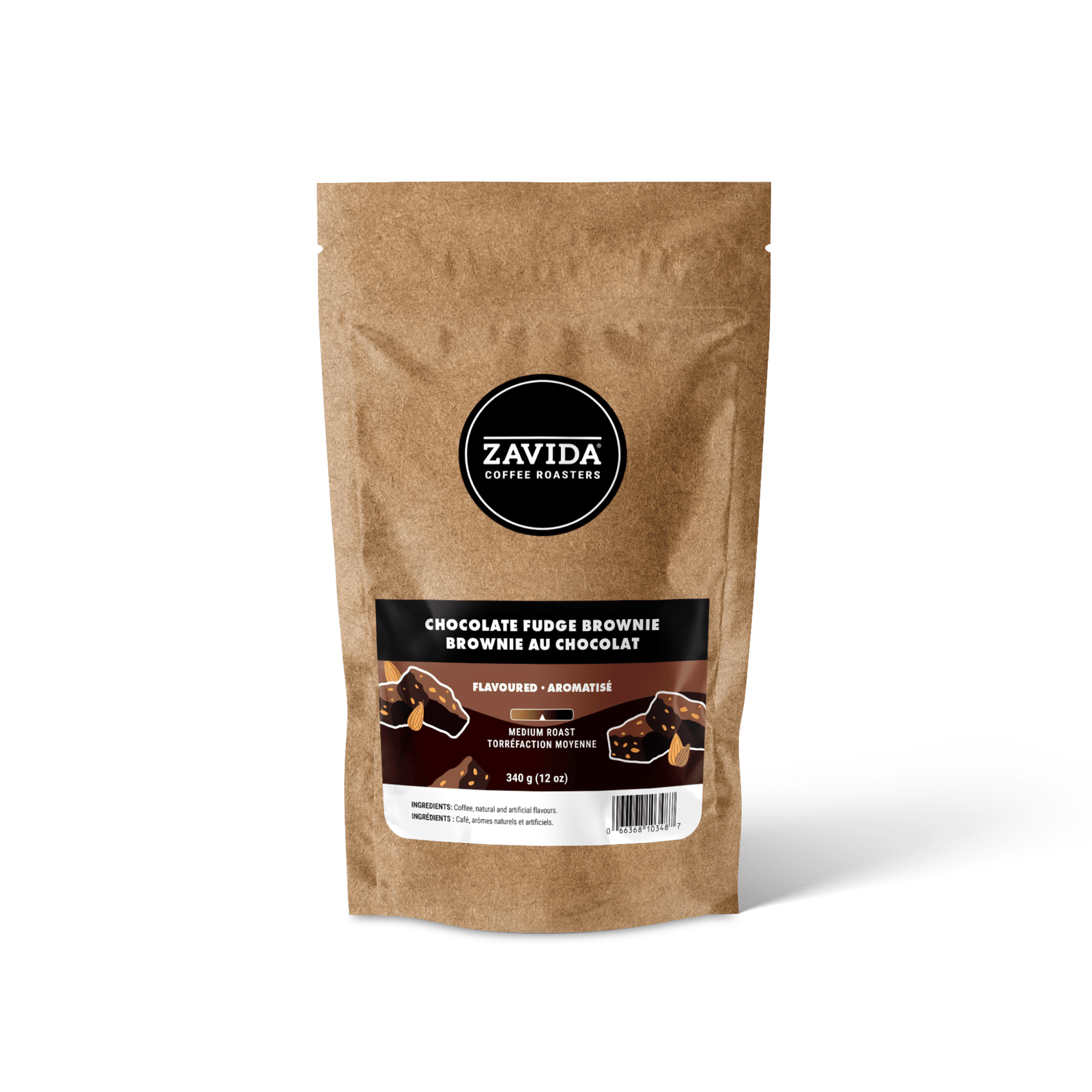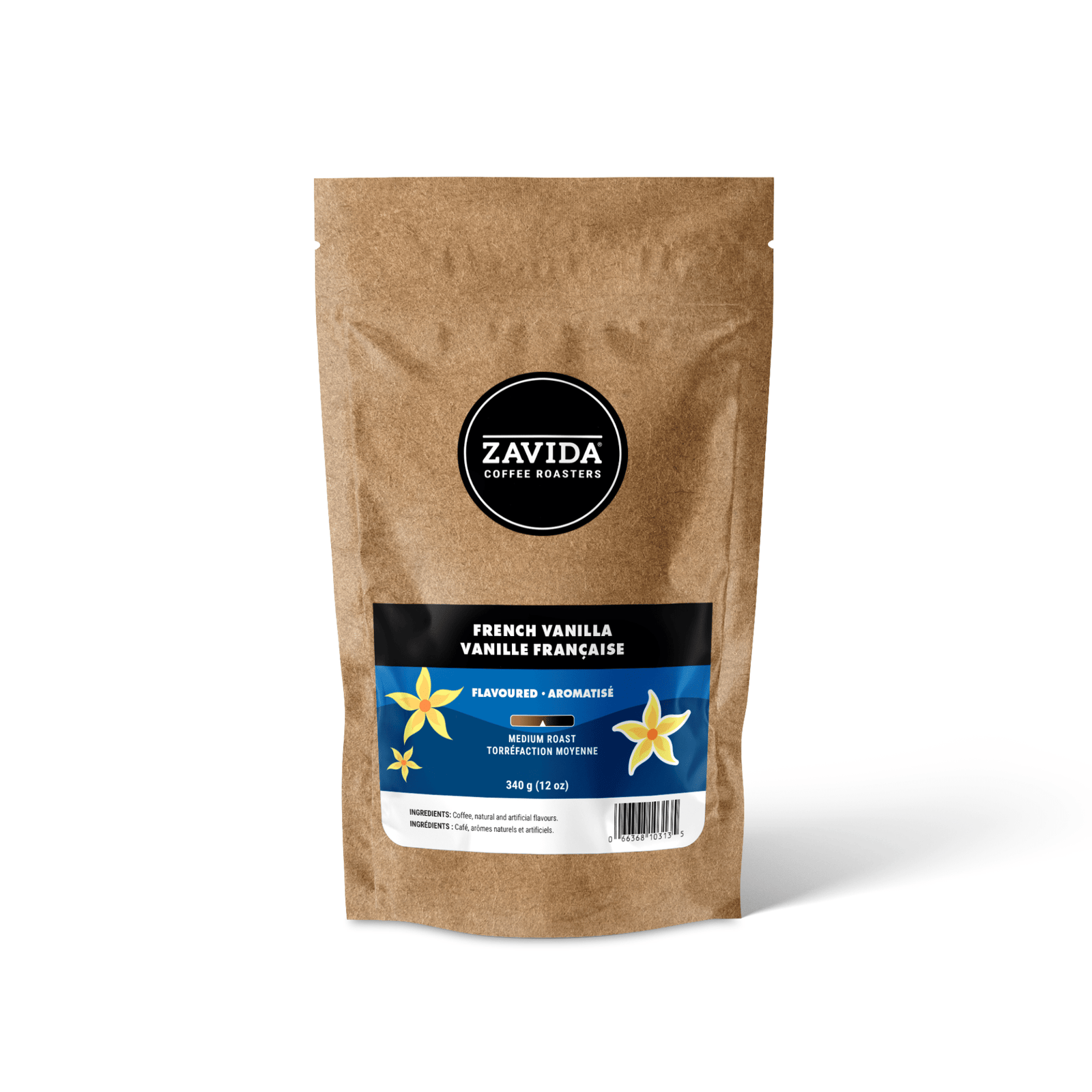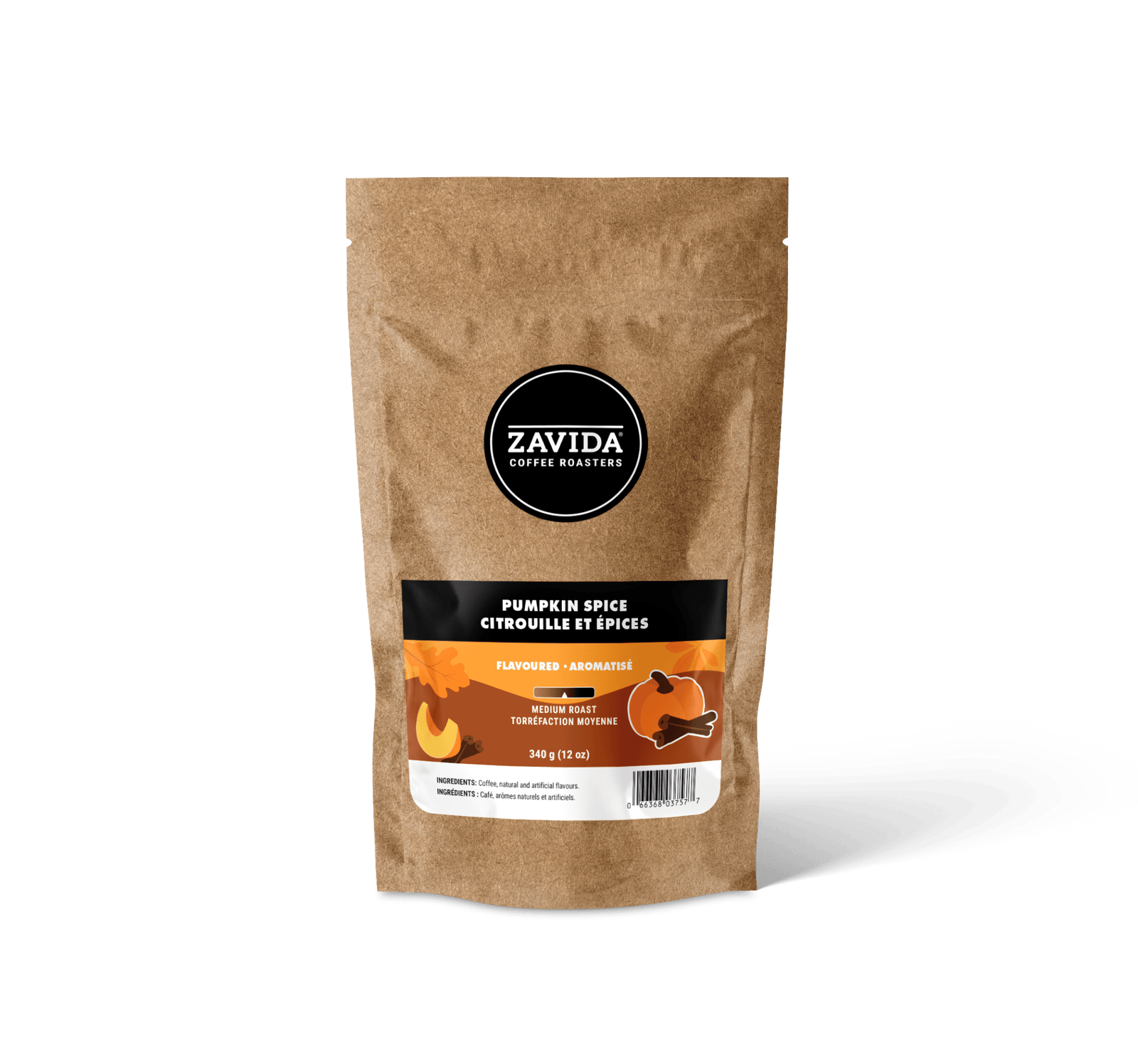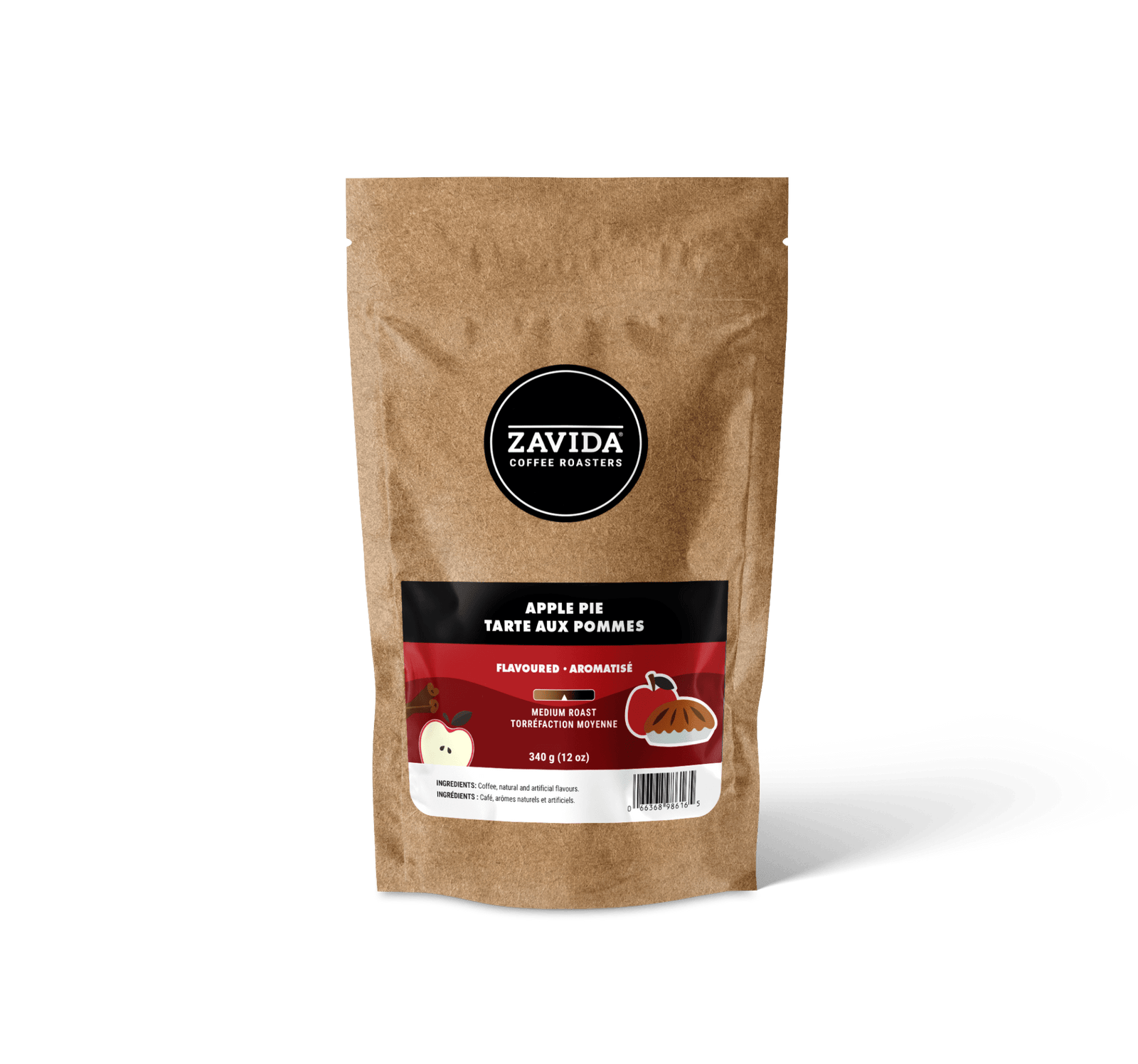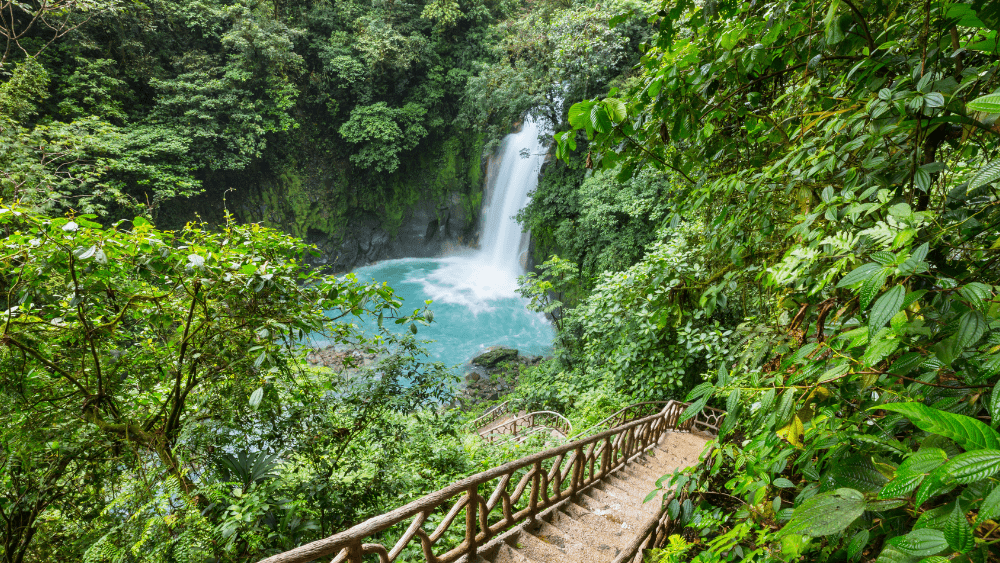
When it comes to coffee production shaping a country’s history, Costa Rica can be considered a prime example. With its roots being traced back to the region since 1779, the Costa Rican government gave production a boost by offering willing farmers plots of land to harvest the specialty coffee trees in the 19th century.
Although Arabica coffee first touched ground in Europe via Arabia and Ethiopia, once the British got word of the opportunity, they began throwing money into the Costa Rican economy. Eventually, enough revenue was generated to build the first railway line connecting Costa Rica to the coastline of the Atlantic – marking the first major success of the coffee trade from the region.
Surpassing other key exports such as cacao, sugar and tobacco, the early days of coffee plantations in Costa Rica attracted the money and attention of wealthy barons (Cafetaleros) who played a major role in the growth of the Costa Rican coffee market.
WHAT MAKES COFFEE FROM COSTA RICA UNIQUE?
Referred to as Grano do Oro aka “golden bean” or “golden grain”, coffee cherries produced in Costa Rican plantations have a set of standards and characteristics which make them truly unique when compared to other regions.
With the ideal altitude of 1200 to 1700 m, coffee trees love the heat but are sensitive to direct sunlight – which explains why the Costa Rican Central Valley has become one of the premier locations in the world to grow and harvest coffee.
Unlike most coffee cherries that contain two beans, coffee that produces a single bean is referred to as caracol. These single bean cherries, more commonly known as peaberries, are often put aside for special clients who prefer a coffee that is roasted exclusively from these beans. Peaberries from Costa Rica are extra special as there appears to be a higher rate of Caracols in Costa Rica compared to anywhere else.
Peaberry coffee beans are known for their smaller, denser appearance when compared to normal ‘flat’ beans. While some will insist that there is no definable difference, most experts agree that coffee made exclusively with Peaberry beans tastes sweeter.
WHERE CAN I TRY COSTA RICAN COFFEE?
Funny you should ask! Charles first started his coffee journey while working on Costa Rican coffee plantations. It was then that he decided to source the best roasters and cuppers in the industry and eventually form Zavida Coffee. So without exaggeration, we’re proud to say that some of our roots started in the beautiful country of Costa Rica.
That being said, our Costa Rican Cielo Alto is the result of 30 years of coffee roasting experience. It is an amazing hard bean grade coffee that’s medium-bodied, with a sweet, flowery aftertaste – and made from the best beans Costa Rica has to offer. All it takes is one cup to understand why!







